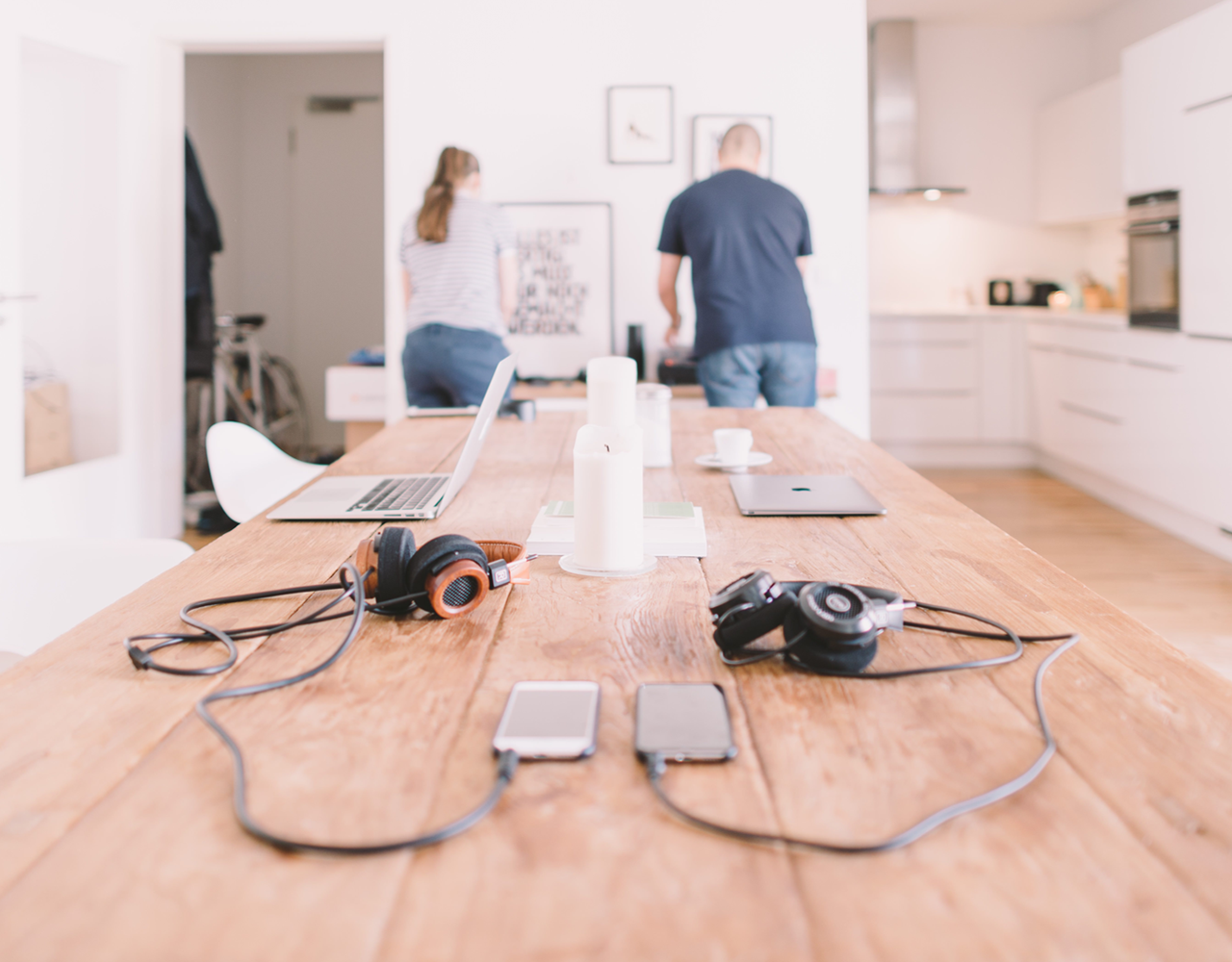Energy Conservation Tips
Simple Ways to Conserve Electricity in Your Home
“Sometimes the questions are complicated and the answers are simple.” – Dr. Seuss
Some home energy tips seem obvious, but sometimes the obvious goes overlooked. So to recap, let’s look over some basic but highly effective ways to conserve electricity in your home. If something sounds familiar or like a tip you’re already using, feel free to skip ahead to the next tip that may just help you conserve energy at home. Let’s begin!

READ
LEARN
SAVE
Make Sure You are on a Fixed Term Plan
There are two basic types of electricity plans, fixed rate and variable rate. On a fixed rate term plan you are guaranteed that your energy charge per kWh will stay the same for the duration of your term. But on a variable or month-to-month plan, your energy charge can (and probably will) change every month. Often times, those variable rates go up in the summer and winter months when demand is high. In order to keep from getting hit with double whammy (increased usage and increased rates) you should make sure you are on a fixed term plan.
Set The Right Refrigerator Temperature
You don’t want your refrigerator and freezer to be too warm, because your food will go bad. But be careful not to keep it too cold, because that can cost you money. It is recommended that you keep your refrigerator temperature from 37 ° to 40°, and your freezer at 5 °. Also remember to keep the door closed. If possible try to decide what you want before you peek inside. Every time you open the door, the temperature can shoot up by 10-20 °.
Wash Your Clothes in Cold Water
Unless you’re dealing with tough stains, you should consider washing your clothes in cold or warm water instead of hot. It might surprise you to learn that 90% of the energy used in a top-load washer is for heating water.
Be Smart With Your Dryer
Don’t over-dry your clothes. If your machine has a moisture sensor, use it. Make sure to check your vent regularly and clean your lint filter after every load. As a side note, when it comes to energy efficiency, most dryers are about the same. Don’t worry about upgrading to save energy.
Keep Cooking Time Down
It’s no surprise that cooking takes energy. So try to plan ahead. Defrost frozen foods in the refrigerator before cooking. Keep pre-heat time to a minimum. Try not to peek in the oven too often. And try to have everything cut, chopped, pealed or mixed before the stove is on.
Use a Microwave Whenever Possible
A convection oven uses 20% less electricity than a conventional oven. A toaster oven uses 50% less. And a microwave uses over 66% less electricity than a conventional oven.
Use Your Stove Properly
If you’re cooking with a 6-inch pan, don’t put it on a 8-inch burner. It will waste over 40% of the heat.
Reduce Air Leakage
The Department of Energy Estimates that you can save up to 20% on your overall heating and cooling costs through proper sealing and insulation techniques.
Here are some common leakage spots:
- Windows
- Doors
- Ducts
- Electrical outlets
- Chimney

Jackson Ralston
4Change Energy
Jackson Ralston has worked in the Texas electricity industry for over 8 years, helping customers better understand their energy choices. He’s passionate about making electricity simple, affordable, and accessible for busy families and households across the state. When he’s not writing or working on energy content, you’ll find him keeping up with the latest trends in customer-focused technology and service.
